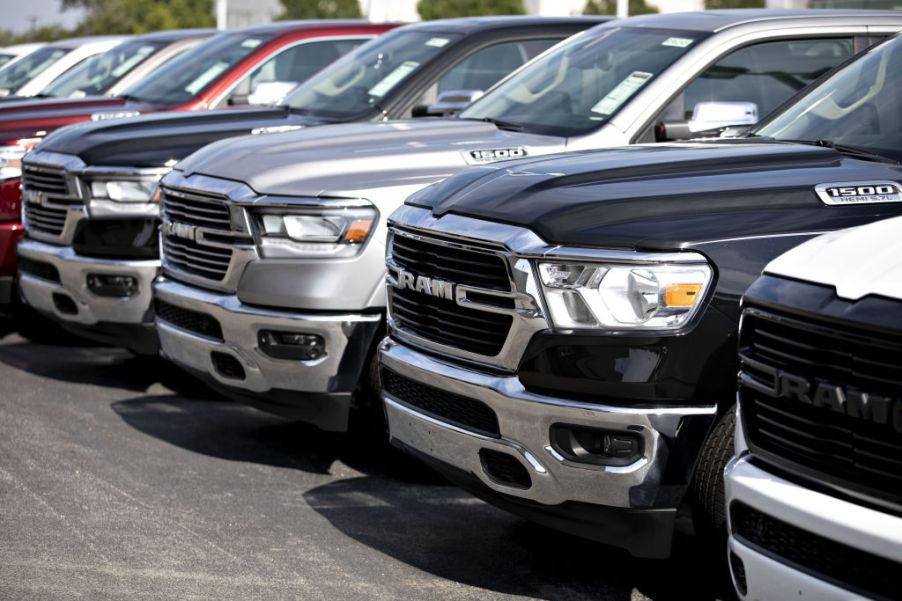
The Big Problem With Pickup Truck Classes
We categorize pickups into different classes. They’re classified concerning government regulations for registration, licensing, and other purposes. They’re also given a class for advertising objectives in order to compare it to competitors and increase sales.
Each type of truck, from the lightweight Nissan Frontier to pickups like the Ram 3500, is sorted into one of eight classes. They’re also categorized into one of a few advertising terms. Here, we’ll look at Jalopnik’s take on how those terms may not work anymore as our pickups evolve.
How pickups are classified
There are three main pickup classifications you hear about quite often in advertisements and just everyday conversation. We have half, three-quarter, and one-ton trucks. They base this on their payload capacity, which is the amount of weight they can safely haul with passengers and cargo in the bed. You also hear terms like light and heavy-duty. These refer to the work they’re capable of performing.
The government classifies all pickups and commercial trucks using their GVWR rating. The gross vehicle weight rating (GVWR) is the weight of the truck including calculations for fuel, cargo, and passengers. The total weight will place the truck in one of eight classes. We find the lighter weight trucks in classes 1-3. They usually place vehicles falling in the medium category in classes 4-6, thus leaving the heaviest ones for classes 7-8. All cars, vans, and trucks are placed in the 1-3 classes.
What’s the problem?
First of all, they originally classified pickups when trucks were competing with horse-drawn carriages. To convince buyers that a pickup was better than using their trusty steed, they needed to show them that a truck was capable of hauling much more. Thereby allowing them to get more work done. Also, back then, trucks only came in three different classes half, three-quarter and one-ton. The same ones we’re using today, several years later.
When using the GVWR classifications, it gets a little more confusing. A 1-ton pickup may be considered heavy-duty, but it falls under one of the lighter weight classes. The government’s classification system only takes weight into account. What powers the truck and what capabilities it has doesn’t matter. The whole system is a bit outdated when you look at the pickup trucks we have today.
What do modern pickups offer us?
The daily driving trucks we see on the road today is a far cry from the trucks our grandfathers and great-grandfathers drove. Ford, Chevy, GMC, and many other automakers are building pretty powerful machines with hefty engines and transmissions capable of towing 5,000-10,000 lbs of cargo, sometimes more, as reported by the manufacturers. Yet, they continue to label them as a lighter weight truck, according to the government’s GVWR class ratings.
Some of our modern pickups can handle as much work as one of the heavy-duty commercial rigs can. So, it’s a bit odd seeing them in two different class ratings. Jalopnik proposes that we should think of our current day pickups in a bit smaller terms to avoid confusion and put them more into the GVWR perspective. Instead of terms like half, three-quarter, and one-ton, maybe it’s best to just view them as small, medium, and much larger.
As our modern trucks keep progressing forward in their abilities to haul more and more weight, classifications need to evolve as well. But, since the current rating systems remain outdated, changing the way we think of our trucks may have to be the line of action we take. So, keep that in mind the next time you’re in the market for a half-ton, or rather a light-duty pickup.


